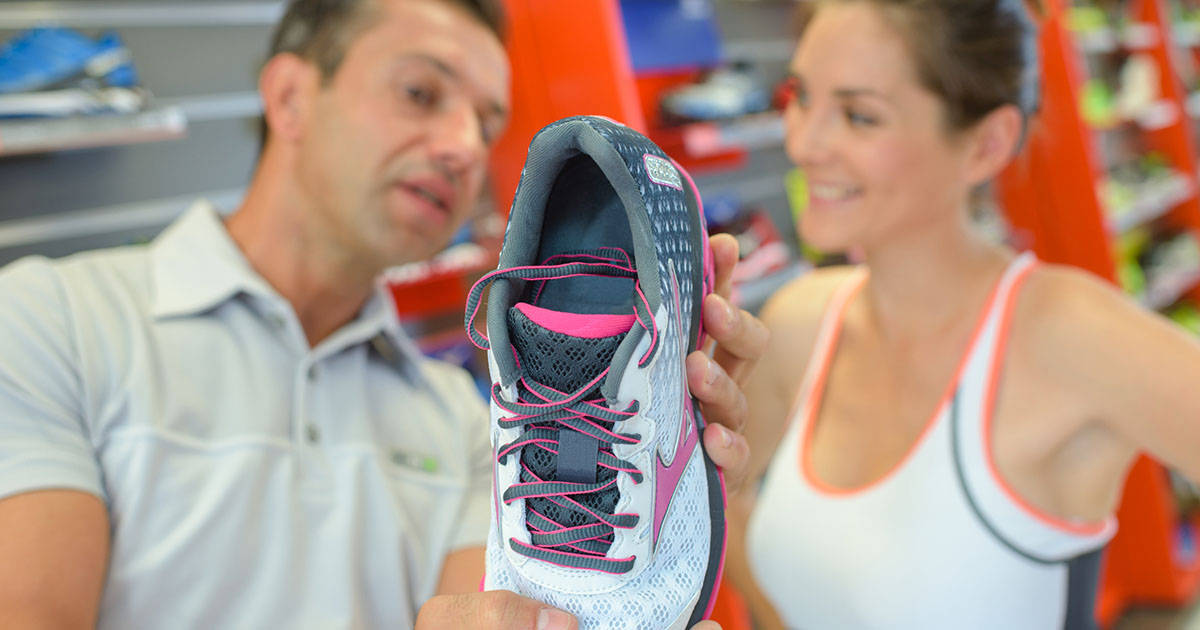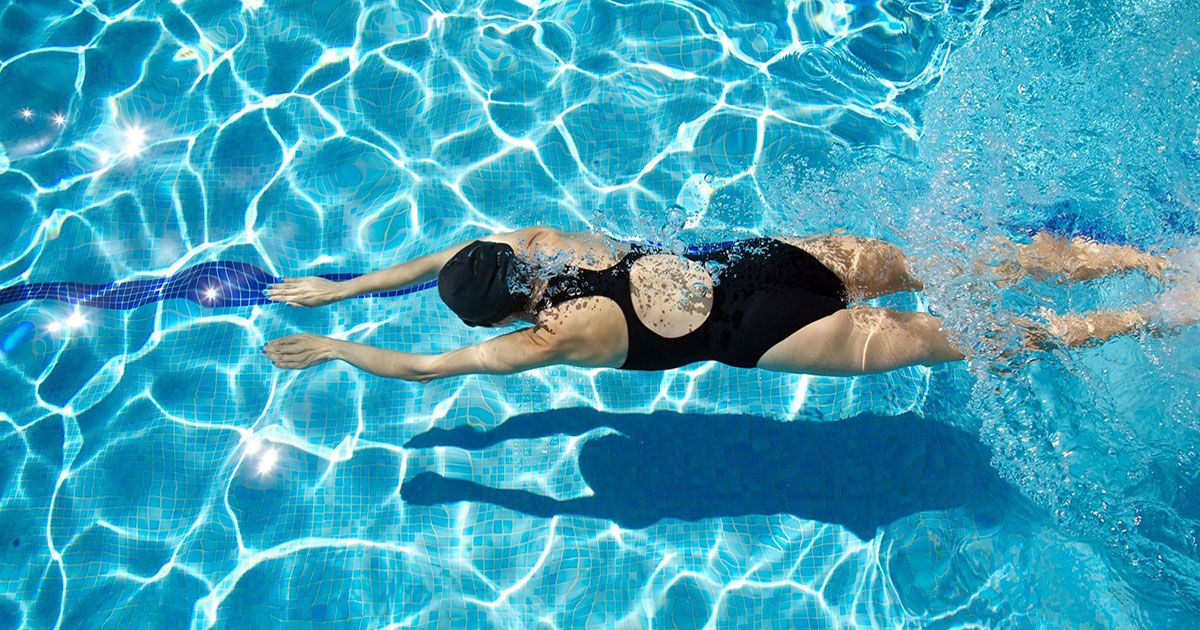How To Train For Your First 5K
Perhaps the most popular goal among new runners is to be able to run a full 5K race. It’s no wonder why, since a 5K race is five kilometers long which works out to just over three miles (3.1 to be exact), and is a manageable distance even for individuals who live most of their lives on the couch. Of course, it is crucial to emphasize no one should try running a full 5K on the first day they start running, or even within the first week! The good news, however, is the vast majority of individuals can be ready for this kind of race within nine weeks.
Start reading to learn about how you can train for your first 5K race in a healthy manner, even without previous running experience. Let’s start with the gear!
Get Your Gear Together

The first thing all new runners will need before they start training for their first 5K race is the proper gear. So once you decide you are going to run, be sure to visit a local running store to get started. The staff at specialized running stores will observe your stride and ask other questions such as what surfaces you plan to run on and what your goals are. They are gathering information so they can select the type of running shoe appropriate for each person who walks in looking for a pair. A majority of new runners are surprised at the many different varieties available, such as cushioning, stability, and motion control running shoes. Aside from running shoes, purchasing sweat-wicking clothing and socks is great for staying cool while working up a sweat during training. Of course, don’t forget a good water bottle!
Once you have all of your running gear, the next step in training for your first 5K is the running plan.
The Running Plan

When training for a 5K, especially if you live a sedentary lifestyle and haven’t run like this before, do not try to run the full distance on the first day. Training means you are going to build up to the full 5K over an extended period. For beginners, training for a 5K will take up to nine weeks.
While training will be different for each individual based on skill level as well as their daily schedule, the average training regime for a new runner will include a one-mile run (interspersed with walking) three times during the first week as well as a timed run on the last day. This week will determine how the rest of training will progress. If you find it too difficult to do one mile, instead of shortening the distance, reduce how much of this distance you are running and replace it with walking instead. Keep doing one mile runs until you can run the entire time. You can track your distance by using an activity tracker. When increasing your distance, do so using half mile increments until you reach 3.1 miles. For example, many new runners take two weeks for one-mile runs, then increase their distance to 1.5 miles for two more weeks, then two miles for two weeks, 2.5 miles for the next two, and finishing with three miles for the final weeks.
Although it may be shocking, running isn’t the only exercise involved in effectively training for your first 5K. Keep reading to learn about the other components.
Remember To Cross Train

Most injuries related to running when beginning a new regime are related to overusing the same muscles. This can be because the new regime is simply too much too soon or the repetition causes the strain, even if the individual is physically fit enough to handle the distance. This is why cross training, particularly for new runners attempting to train for their first 5K, is so crucial. In the past, alternative activities to running such as cycling, swimming, or strength exercises, were only undertaken after an injury has occurred.
Instead of waiting for an injury, incorporate cross-training into your routine! As stated previously, running should be measured with distance, and individuals should run three times a week with an additional day for a timed run of roughly thirty minutes. Aside from a rest day, cross training should make up the rest of the training time and should alternate between the activities just mentioned (swimming, cycling, and strength exercises). Runners can even substitute their thirty-minute run for a cross training day if they wish. These alternatives will not only prevent injuries and muscle overuse but also significantly improve strength as well as endurance, both of which they need to run a 5K race.
Aside from the physical training, your body is going to need food as part of your 5K training. Continue reading to learn about the details on this!
Fueling With Food

Food is fuel, particularly when it comes to working out on any scale, even if it is just to maintain a decent level of fitness. When it comes to training for a 5K, however, diet becomes even more important. All runners will need to consume a healthy and balanced diet full of fruits and vegetables, healthy fats, complex carbohydrates, and, of course, lean protein. Aside from these balanced meals, what runners should also consider are post-run protein smoothies and quick pre-run snacks such as a banana or energy bar to boost energy and recover after the run is over. You do not want to find yourself without energy mid-run. Not only does a lack of energy make it harder to complete a run, but it will leave you more susceptible to injury. The only other advice when it comes to food and training is to avoid eating a large meal before a run since this can result in cramps and other negative consequences. Instead, stick to a pre-run snack and save the meal for after the run.
Continue reading for the final and perhaps most important piece of advice when it comes to training for your first 5K.
Listen To Your Body

All of the previous advice is great for training for your first 5K race. However, none of it will matter if you do not listen to your body while training. Most of the time, for example, your body will send you warning signs, often through muscle twinges, of incoming injuries before they become debilitating. One of the most popular running injuries is shin splints, which often result in stress fractures when someone runs through the pain.
Finally, everyone is different regarding their fitness level and what they can handle. For instance, someone may find they need more than two weeks to run a full mile, whereas someone else may be able to do it in just one week. You have the power to tailor your training plan to fit your needs and abilities. This training advice will allow you to run a full 5K race. Listening to your body and adjusting as you go ensures you can get there in a healthy way without injury and leave energized!